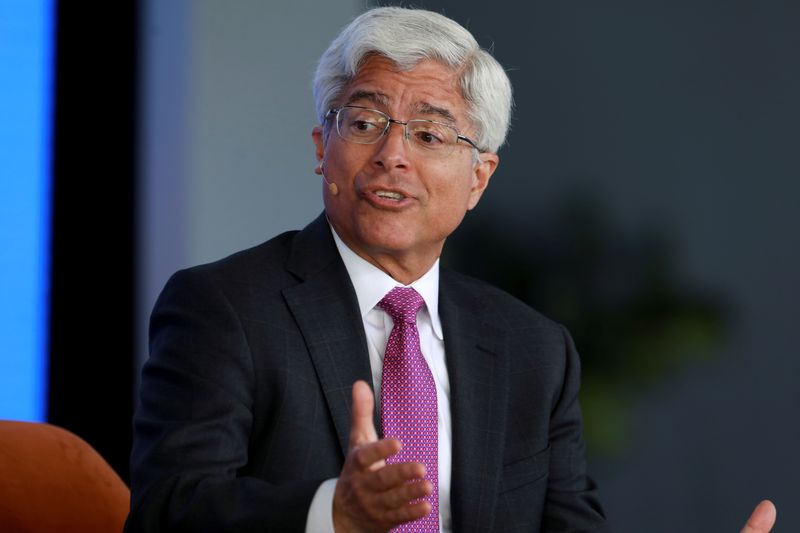At the recent COP29 climate summit in Baku, Pedro Pizarro, CEO of Edison International, emphasized the importance of preserving clean energy and electric vehicle (EV) tax credits under the Inflation Reduction Act (IRA) as the Trump administration prepares to take office. The IRA, regarded as outgoing President Biden’s cornerstone legislation for climate change mitigation, allocates substantial funds towards clean energy initiatives. However, President-elect Donald Trump, known for his skepticism towards climate policies, expressed intentions to repeal the IRA, contingent upon support from Congress. Pizarro highlighted the critical need for the utility sector to advocate for the IRA, arguing that its benefits extend beyond shareholders and are primarily directed towards consumers and infrastructure improvements.
Pizarro, who recently served as the chair of the Edison Electric Institute (EEI), underscored that the organization’s members are actively engaging with Trump’s transition team and Republican Congress members to convey the IRA’s advantages. He pointed out that the benefits of the IRA are not just financial incentives for utilities but are vital for fostering sustainable energy advancements that directly benefit customers. The conversation surrounding the IRA is increasingly pivotal, particularly given the current administration’s energy policies, which may favor deregulation and a shift away from federal support for clean energy initiatives.
As Trump’s team begins to implement tax reform measures, reports indicate they may target the eliminations of incentives like the $7,500 consumer tax credit for electric vehicle purchases. This move has raised concerns among EV manufacturers, including major players like Rivian, Tesla, and Panasonic. They have collectively urged the incoming administration to reconsider cutting these credits, emphasizing their significance in key Republican-dominated states where the automotive and tech industries play an essential role in local economies. These tax credits have been recognized as crucial in promoting the adoption of electric vehicles that are integral to reducing greenhouse gas emissions and transitioning towards a more sustainable energy matrix.
Dan Brouillette, Trump’s former energy secretary, has been involved in formulating energy policies as part of the transition team. His recent resignation from the EEI indicates a shift in focus as the industry navigates the challenges of a new administration. Pizarro pointed out the diverse interests represented by EEI, which includes both domestic and international utilities. They are unified in their stance to advocate for retaining vital IRA tax credits that span energy storage, nuclear power, hydrogen, and a range of renewable sources, all of which are essential for ensuring continued growth and innovation within the energy sector.
Pizarro acknowledged the urgency of the situation, stating that EEI members would proactively engage with lawmakers in the coming months. This includes direct outreach to illustrate the benefits associated with the IRA. The focus will be on educating legislators about how the IRA supports not only the utilities but also the broader consumer base and fosters economic incentives tied to the clean energy transition. He emphasized the cross-sector importance of the IRA, suggesting that its implications extend to various facets of energy production and investment, which are critical for maintaining competitive advantages in an evolving market.
In summary, the push to maintain the clean energy provisions of the IRA reflects a larger conversation about the future of energy policy in the U.S. as Donald Trump prepares to enter the White House with a Republican Congress. Pizarro’s remarks echo the sentiments within the utility industry regarding the importance of these credits and regulations to safeguard consumer interests and promote sustainable growth. The coming months will be crucial as industry leaders mobilize to communicate the value of the IRA and its impact on both the economy and the environment amidst incoming regulatory changes.

